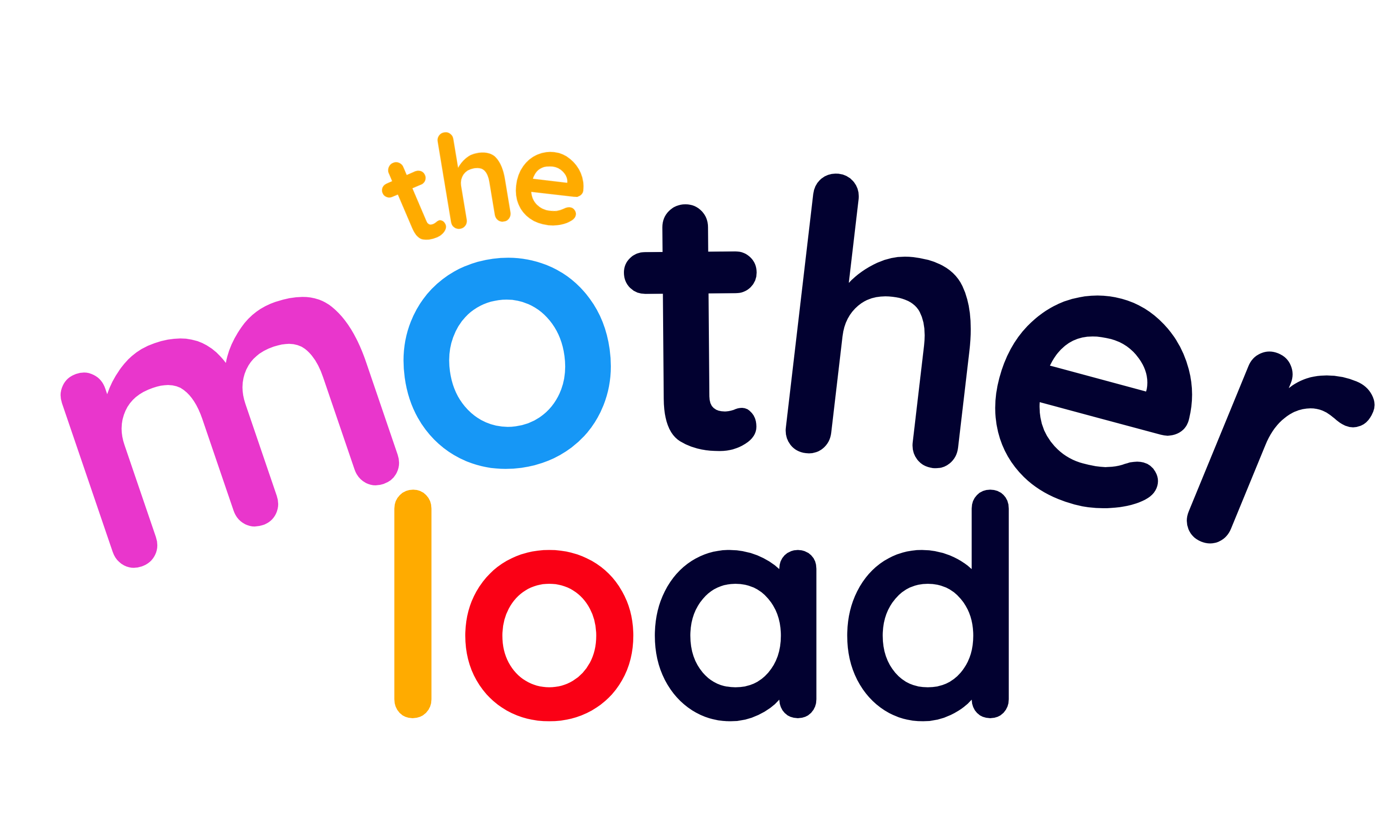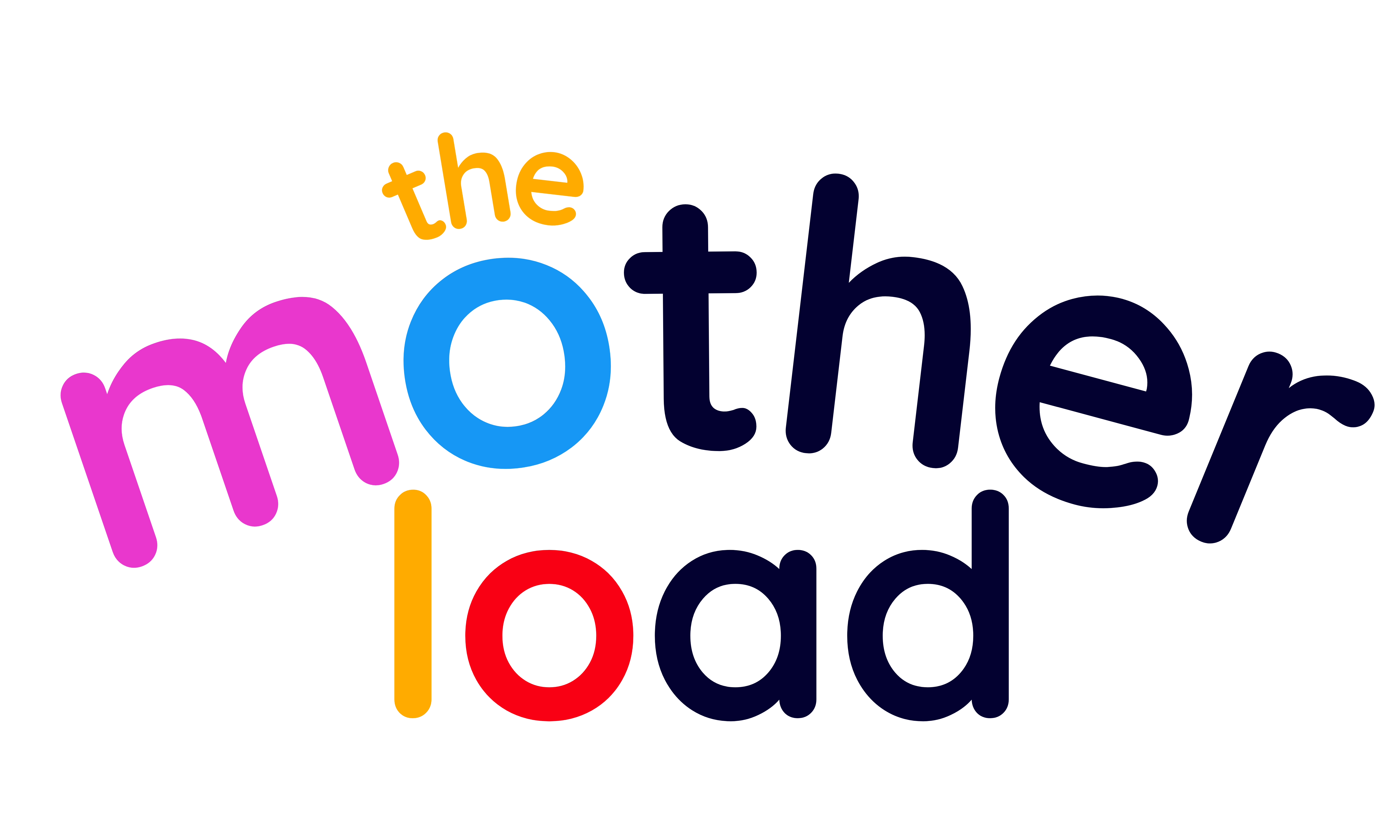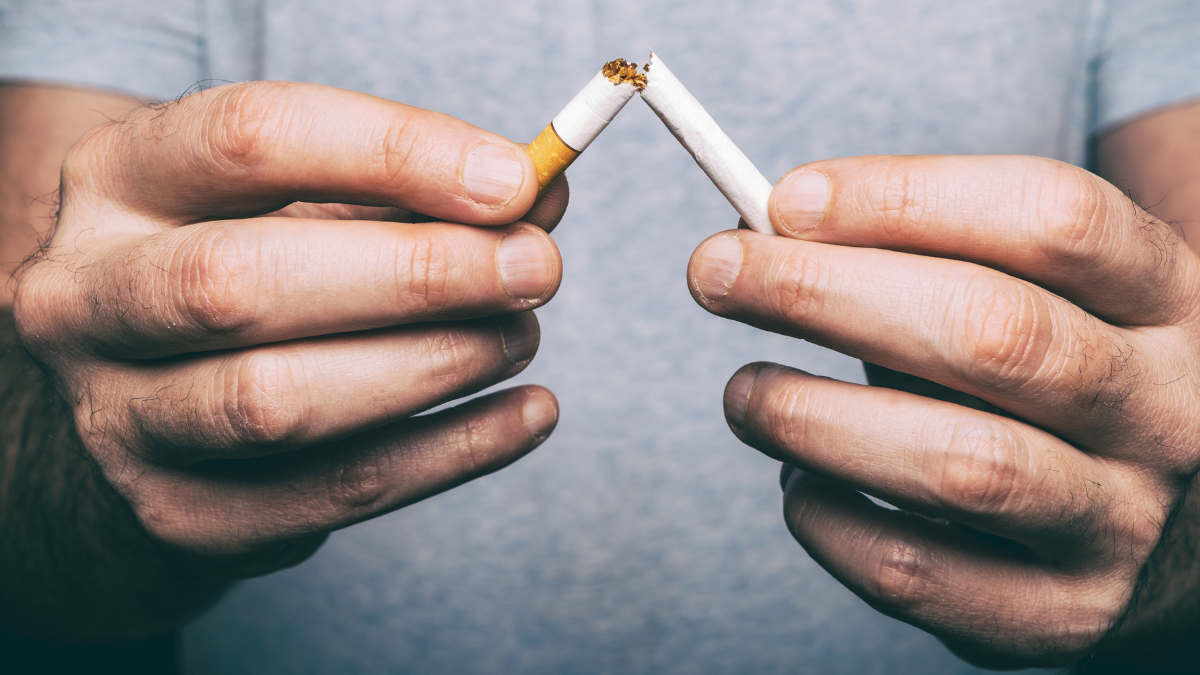Are you a smoker? And are you trying to give up smoking but are not able to? The good news is that there are options to help smokers quit.
Before we consider the essential reasons why you should not smoke around family, especially children, let’s take a look at the solution for smokers who would like to stop smoking but are not succeeding.
Succinctly stated, there is hope for people who would like to give up smoking but experience terrible nicotine cravings, making it impossible to stop. This hope is found in vaping, or more specifically, buying and using V2 vaping products.
Why is vaping the alternative to smoking?
This answer is found in Public Health England’s view on vaping. An article on e-cigarettes published on theguardian.com correctly states that “Public Health England maintains that vaping is 95% less harmful than smoking.”
Their raison d’etre for this statement is based on an experiment conducted revealing “the amount of sticky black tar that accumulates in the lungs of a heavy smoker, collected in a bell jar. By contrast, the same nicotine intake through vaping releases only a trace of residue.” It stands to reason that this is not the only reason that vaping is less harmful than smoking. However, it is the reason given in this article.
As an aside, it is essential to note that it is critical to purchase genuine vaping products, and not black-market or grey vaping pens, e-liquids, and mods. January 2020 statistics reported by the CDC confirmed that 60 patients admitted with injured lungs from vaping died. These deaths can be attributed to the vaping of black-market e-liquids containing THC, the primary psychoactive cannabinoid found in marijuana, and vitamin E acetate. When vitamin E acetate is heated and inhaled, it can damage your lungs.
Why should you not smoke around family members, especially children
The COVID-19 lockdown forced people to stay at home for weeks and months on end for about three months at the beginning of 2020. Residences were only allowed out to buy groceries and to seek medical treatment, increasing the number of people suffering from stress, depression, and anxiety.
Why?
Social isolation for long periods of time is not good for the human psyche. Add the financial and economic stress and anxiety over the unknown to this equation, and it’s a recipe for the development of moderate to severe mental health conditions. Smoking is known to help people relax and cope with stress.
Smoking is also habit-forming, and because the human body gets used to the nicotine, smokers need to increase the number of cigarettes they smoke a day for the same effect.
Additionally, 2020 statistics show that “about 2.2 million people in the UK might be smoking more than usual during the coronavirus crisis despite the serious harm it does to the respiratory and immune systems.”
Also, because families were forced to stay indoors for long periods, smokers were forced to smoke indoors, potentially negatively affecting other family members.
Thus, let’s expand on this statement by considering some of the reasons why it is not a good idea to smoke around other family members, especially children.
1. Second-hand cigarette smoke
The inferred question that must be asked and answered is what second-hand cigarette smoke is. The website, healthychildren.org, defines second-hand smoke or “environmental tobacco smoke“ as “smoke a smoker breathes out, and that comes from the tip of burning cigarettes, pipes, and cigars.”
Breathing in second-hand cigarette smoke can be detrimental to non-smokers, especially children. United States numbers report that over 3 000 non-smoking adults die from lung cancer per year.
The challenge is that millions of children are breathing in second-hand smoke while at home. And this is especially harmful to these children’s health because their lungs are still developing.
2. Cigarette smoke contains harmful chemicals
When tobacco is burned, its smoke contains over 4 000 chemicals, of which between 60 and 90 are carcinogenic or cancer causing. It is one thing that smokers choose to expose themselves to these dangerous chemicals. Unfortunately, most, if not all, of these chemicals are present in second-hand smoke; thereby, harming passive smokers, especially children, as well as active smokers.
3. Third-hand smoke
Not many people think that third-hand smoke or cigarette smoke is left behind in an area where people have smoked previously. The American Academy of Paediatrics (AAP) researched the impact of third-hand smoke on non-smokers and found that the harmful toxins found in cigarette smoke remain in the places where people have smoked and can harm people who enter this area and breathe in the stale air.
The AAP also notes that third-hand smoke is found in non-smoker’s hair, especially children’s hair after a caregiver has smoked near the child. It is also found in a car seat’s upholstery, a bar or restaurant walls, in home furnishings, and even in the family member’s clothing.
Final thoughts
It is logical to conclude that smoking is detrimental to the smoker’s health. However, it is equally, if not more detrimental to the family members, especially children who breathe in second- and third-hand cigarette smoke.



No comments yet. Be the first one to leave a thought.